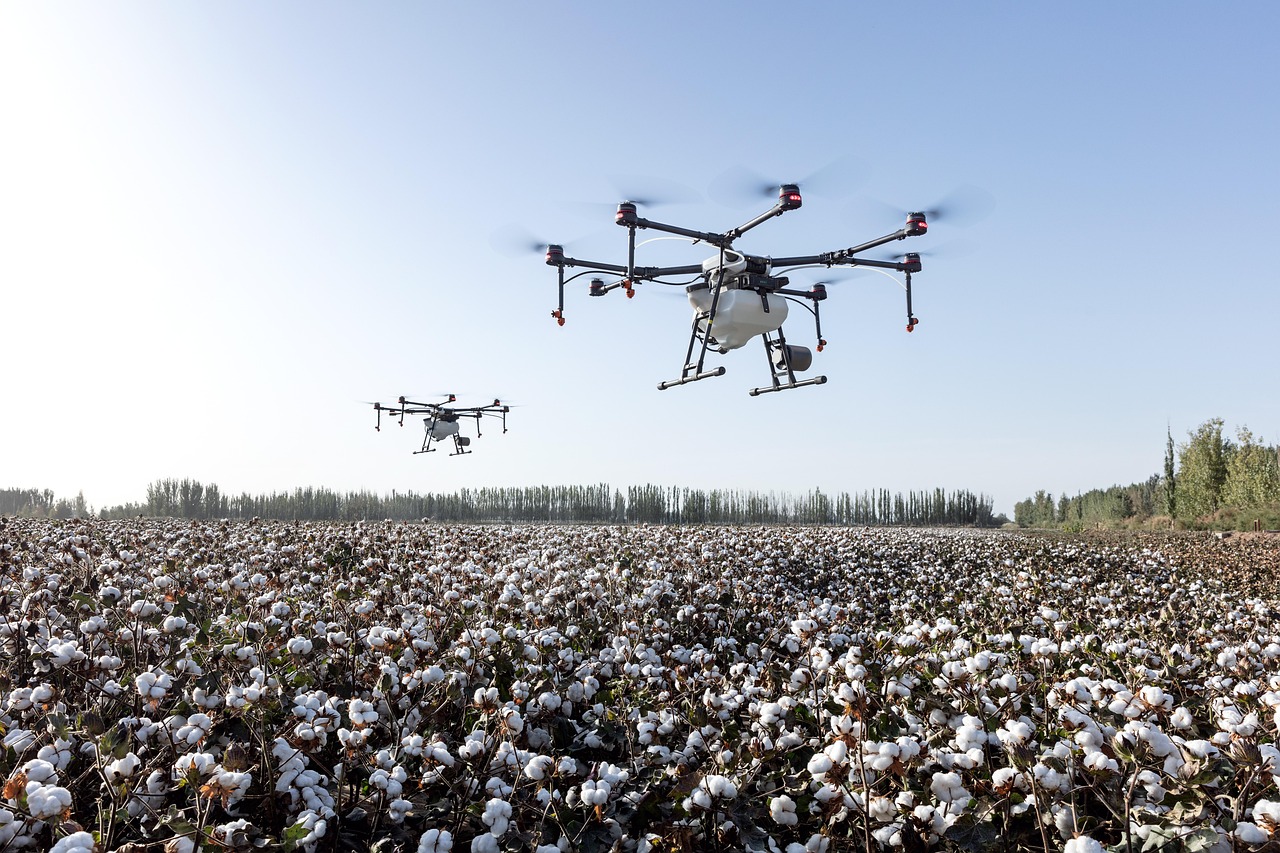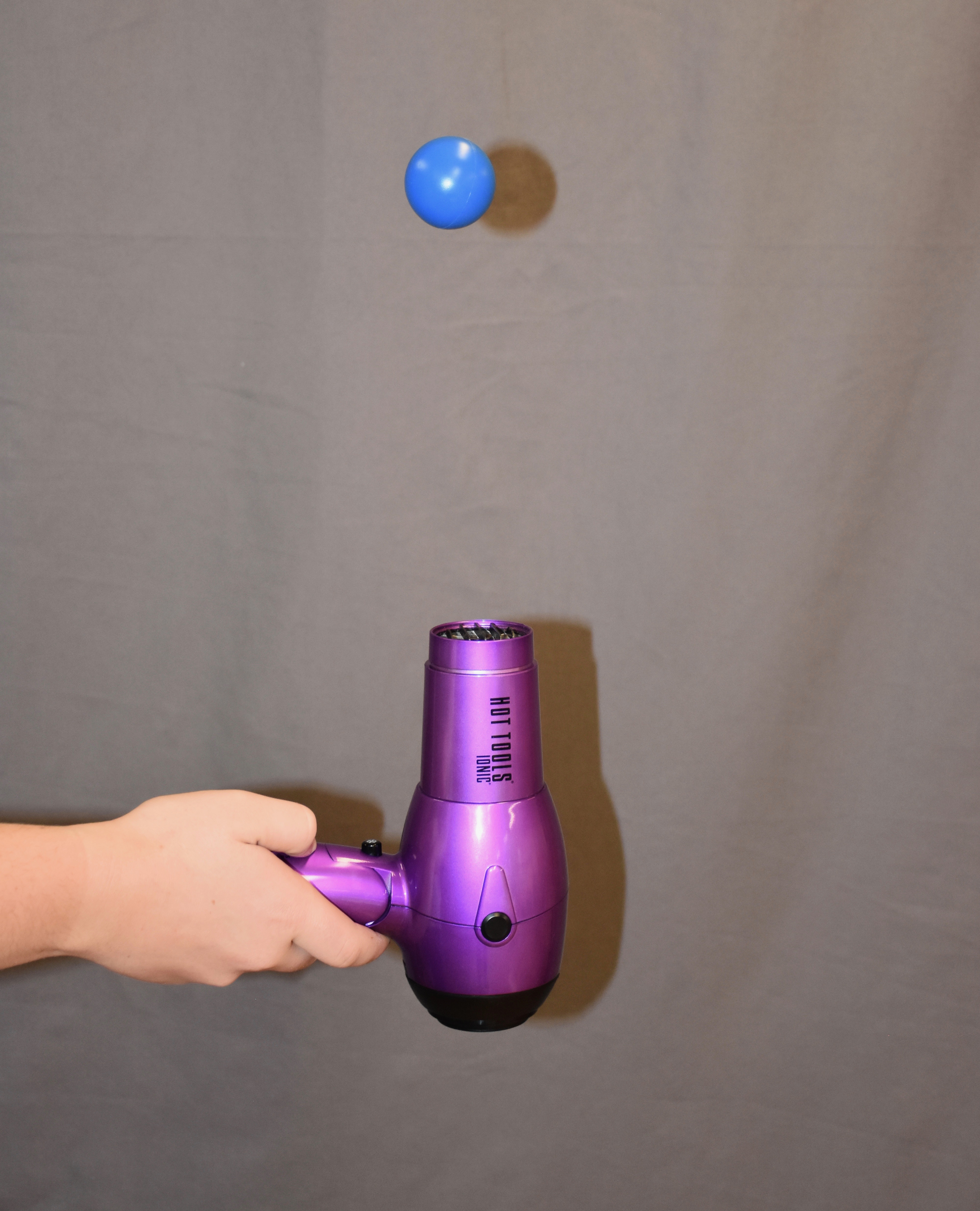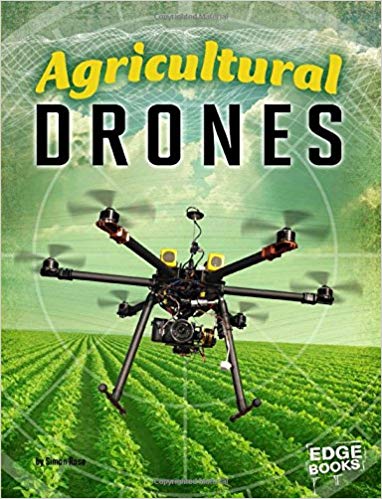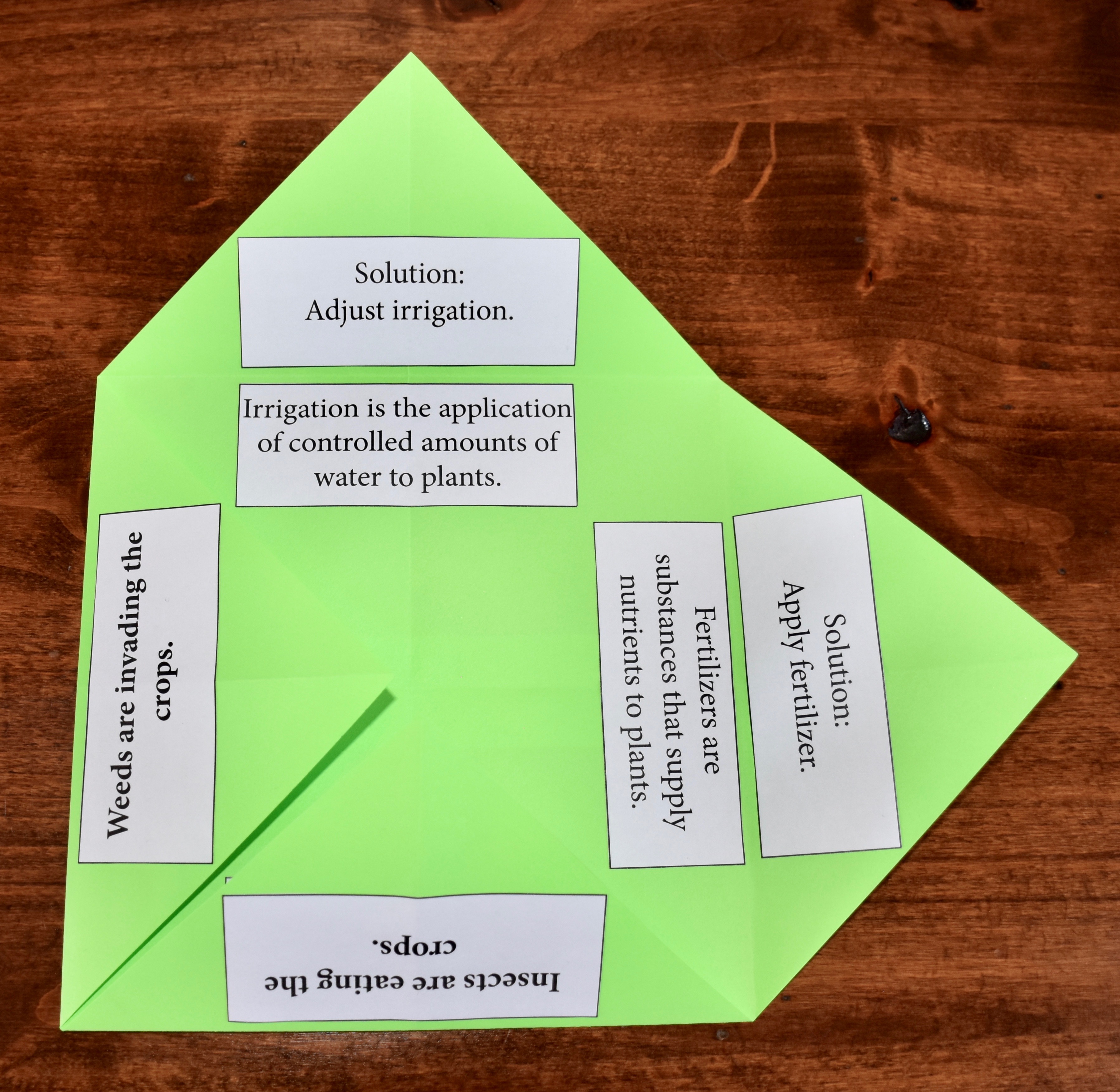Drones in High-Tech Farming (Grades 3-5)
Students discover the science behind how a drone works, explore how drones are used in agriculture, and program and operate a drone for the purpose of surveying a field.

Background
Lesson Activities
Recommended Companion Resources
Credits
Author
Lynn Wallin | National Center for Agricultural Literacy (NCAL)
Sources
- http://www.thedrive.com/tech/18456/drones-in-agriculture-how-uavs-make-farming-more-efficient
- https://www.microdrones.com/en/content/drones-and-precision-agriculture-the-future-of-farming/
- https://www.dronefly.com/blogs/news/how-are-drones-used-for-agriculture/
- https://www.wired.com/2017/05/the-physics-of-drones/
- http://knowbeforeyoufly.org/learn-the-drone-laws/
- https://www.kqed.org/science/16676/drones-the-newest-water-saving-tool-for-parched-farms
- http://www.softschools.com/facts/technology/drones_facts/3355/
Standards
Indiana Content Area Standards
-
English Language Arts.Grade 3.RN.1
Read and comprehend a variety of nonfiction within a range of complexity appropriate for grades 2-3. By the end of grade 3, students interact with texts proficiently and independently.
- Key Ideas and Textual Support.3.RN.2.1: Ask and answer questions to demonstrate understanding of a text, referring explicitly to the text as the basis for the answers.
-
English Language Arts.Grade 3.W.1
Write routinely over a variety of time frames and for a range of discipline-specific tasks, purposes, and audiences; apply reading standards to write in response to literature and nonfiction texts.
- Writing Genres.3.W.3.2: Write informative compositions on a variety of topics that a. State the topic, develop a main idea for the introductory paragraph, and group related information together. b. Develop the topic with facts and details. c. Connect ideas within categories of information using words and phrases. d. Usetextfeatures(e.g.,pictures,graphics)whenusefultoaidcomprehension. e. Provide a concluding statement or section.
-
English Language Arts.Grade 3.SL.1
Listen actively and adjust the use of spoken language (e.g., conventions, style, vocabulary) to communicate effectively with a variety of audiences and for different purposes.
- Discussion and Collaboration.3.SL.2.1: Engage effectively in a range of collaborative discussions (one-on-one, in groups, and teacher-led) on grade- appropriate topics and texts, building on others ideas and expressing personal ideas clearly.
-
English Language Arts.Grade 4.RN.1
Read and comprehend a variety of nonfiction within a range of complexity appropriate for grades 4-5. By the end of grade 4, students interact with texts proficiently and independently at the low end of the range and with scaffolding as needed at the high end.
- Key Ideas and Textual Support.4.RN.2.1: Refer to details and examples in a text when explaining what a text says explicitly and when drawing inferences from the text.
-
English Language Arts.Grade 4.W.1
Write routinely over a variety of time frames and for a range of discipline-specific tasks, purposes, and audiences; apply reading standards to support reflection and response to literature and nonfiction texts.
- Writing Genres: Argumentative, Informative, and Narrative.4.W.3.2: Write informative compositions on a variety of topics that a. Provide an introductory paragraph with a clear main idea. b. Provide supporting paragraphs with topic and summary sentences. c. Provide facts, specific details, and examples from various sources and texts to support ideas and extend explanations. d. Connect ideas using words and phrases. e. Include text features (e.g., formatting, pictures, graphics) and multimedia when useful to aid comprehension. f. Use language and vocabulary appropriate for audience and topic. g. Provide a concluding statement or section.
-
English Language Arts.Grade 4.SL.1
Listen actively and adjust the use of spoken language (e.g., conventions, style, vocabulary) to communicate effectively with a variety of audiences and for different purposes.
- Comprehension.4.SL.3.1: Summarize major ideas and supportive evidence from text read aloud or information presented in diverse media and formats, including visually, quantitatively, and orally.
- Discussion and Collaboration.4.SL.2.1: Engage effectively in a range of collaborative discussions (one-on-one, in groups, and teacher-led) on grade- appropriate topics and texts, building on others ideas and expressing personal ideas clearly.
-
English Language Arts.Grade 5.RN.1
Read and comprehend a variety of nonfiction within a range of complexity appropriate for grades 4-5. By the end of grade 5, students interact with texts proficiently and independently.
- Key Ideas and Textual Support.5.RN.2.1: Quote accurately from a text when explaining what a text says explicitly and when drawing inferences from the text.
-
English Language Arts. Grade 5.W.1
Write routinely over a variety of time frames and for a range of discipline-specific tasks, purposes, and audiences; apply reading standards to support reflection and response to literature and nonfiction texts.
- Writing Genres: Argumentative, Informative, and Narrative.5.W.3.2: Write informative compositions on a variety of topics that - a. Introduce a topic; organize sentences and paragraphs logically, using an organizational form that suits the topic. b. Employ sufficient examples, facts, quotations, or other information from various sources and text to give clear support for topics. c. Connect ideas within and across categories using transition words (e.g. therefore, in addition). d. Include text features (e.g. formatting, pictures, graphics) and multimedia when useful to aid comprehension. e. Use appropriate language, vocabulary, and sentence variety to convey meaning; for effect; and to support a tone and formality appropriate to the topic and audience. f. Provide a concluding statement or section related to the information or explanation presented.
-
English Language Arts.Grade 5.SL.1
Listen actively and adjust the use of spoken language (e.g., conventions, style, vocabulary) to communicate effectively with a variety of audiences and for different purposes.
- Comprehension.5.SL.3.1: Orally summarize or respond to a written text read aloud or information presented in diverse media and formats, including visually, quantitatively, and orally.
- Discussion and Collaboration.5.SL.2.1: Engage effectively in a range of collaborative discussions (one-on-one, in groups, and teacher-led) on grade- appropriate topics and texts, building on others ideas and expressing personal ideas clearly.
 Take the class to a large field free of trees or overhead wires or into a gymnasium.
Take the class to a large field free of trees or overhead wires or into a gymnasium. Place a ping pong ball into the stream of air. Ask the students, "Why is the ping pong ball floating?" (The force of the air pushing up on the ball is equal to the force of gravity pushing down on the ball, so the ball is hovering in the air.)
Place a ping pong ball into the stream of air. Ask the students, "Why is the ping pong ball floating?" (The force of the air pushing up on the ball is equal to the force of gravity pushing down on the ball, so the ball is hovering in the air.)
 Handout an
Handout an  the crops.
the crops.